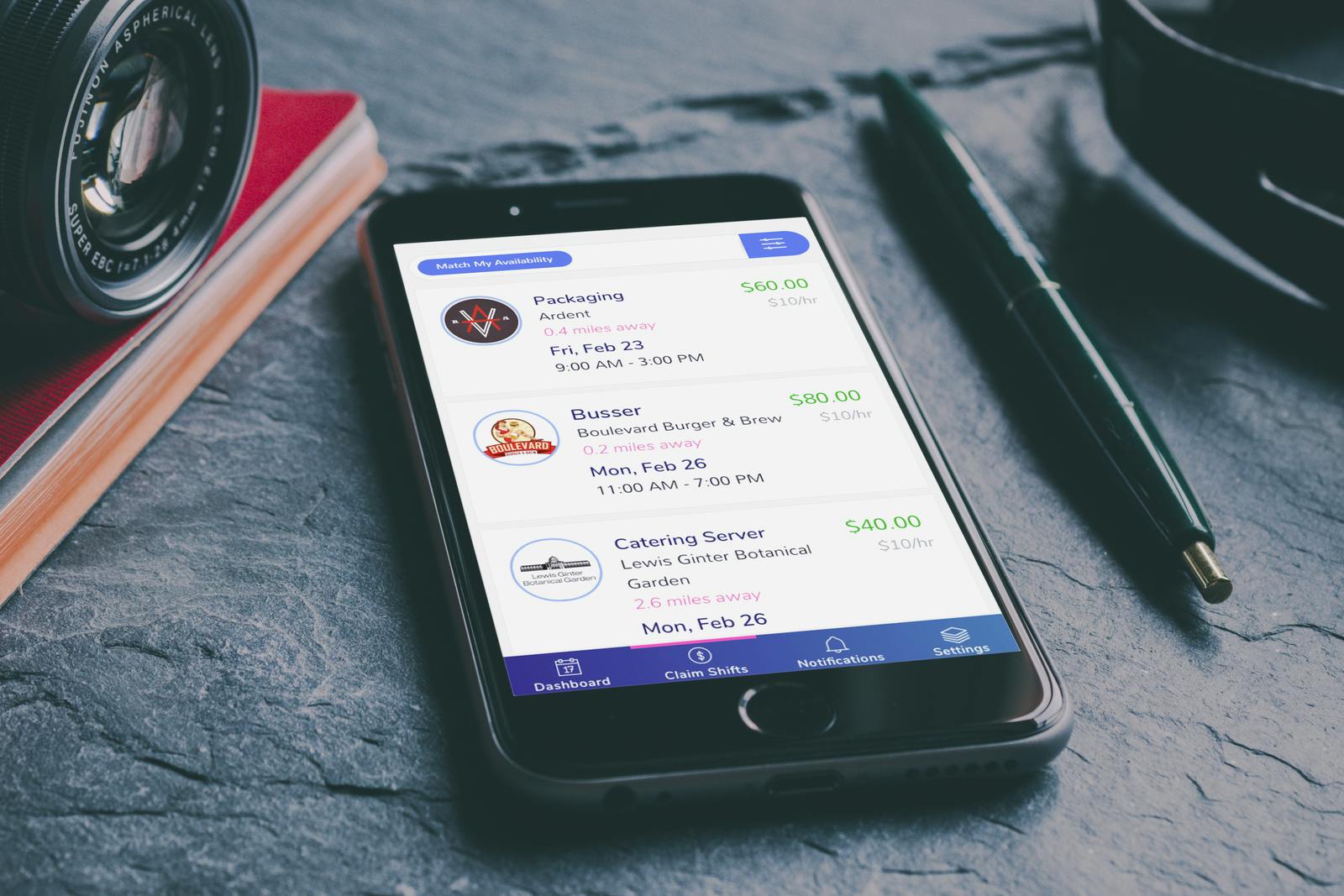“People aren’t looking to snag-a-job, anymore,” said Snag CEO Peter Harrison. “They’re looking to snag-a-shift.”
Reminiscent of Snapchat shortening its name to Snap and telling the world it’s more than just disappearing messages, 18-year-old Snagajob is rebranding itself Snag, attributing the move to major changes in how their job seekers interact with work. Foreshadowing this news, the company launched Snag.work two years ago, which coincided with the acquisition of PeopleMatter, an onboarding solution for hourly workers. “We’ve grown into much more than the job board we once were, building a community of 90 million registered hourly workers and 450,000 employer locations,” said Harrison.
“Snag is all about people,” shared Harrison in a blog post. “If you’re a worker, we’re doing everything we can to help you find the right fit. Whether that’s finding a new hourly job or simply picking up an extra shift or two, we’re all about helping you get the work you want. If you’re an employer, we’re giving you the solutions to find the right workers, fill shifts and hire faster so you can get back to your business.”
Indeed, there is an undeniable trend behind the move. Hourly workers increasingly prefer diversity, flexibility, and control when looking for opportunities in lieu of a full-time or part-time job. The gig economy, most notably supported by platforms like Uber, Shiftgig, and TaskRabbit, is not going away. So much so, in fact, that a business like Snag is shaking up its business model after being in business for so long.
“One of our customers, a large grocery store chain, was losing employees to Instacart,” said Harrison. “Candidates were essentially asking, ‘Why work for one company, where they have control of when I work and how much I can work, when I can take control?’ We knew we needed to evolve as a company to better serve our clients.”
The D.C.-based company will slowly roll out the new platform in the coming months. If you don’t live in an area serviced by the new Snag, you’ll still get the traditional Snagajob website. Richmond, Virginia, which is already live, and Washington, D.C. will serve as initial markets. Snag hopes to have 10 additional major markets up-and-running within 12-18 months from now. Harrison also said the company has global aspirations and believe the model lends itself to such growth.
On the new platform, workers will make themselves available to work when they want and turn themselves off and undiscoverable when they do not. Companies promote upcoming shifts, as well, in order to connect with workers. Both workers and employers can submit a thumbs-up or thumbs-down rating in order to give both parties a way to better select each other. Low ratings will decrease your chances of a match.
Additionally, workers will get badges indicating they are likely a good fit for particular gigs and employers. For example, Snag created a “Bun Dresser Badge” for burger joint Five Guys, so all their restaurants know a particular worker is fit for flipping beef patties at all their locations. Harrison said one in three restaurants in the U.S. already use Snagajob.
Workers will get paid through the Snag platform, as opposed to getting checks from the employer, similarly to how Uber handles all transactions between driver and rider. Health insurance and other benefits usually associated with such jobs are not currently included. Harrison said this kind of system also supports “total blind hiring,” where workers are selected based on merit. Snag is offering a money-back guarantee to alleviate some of the risk associated with a new model.
“Snag believes that people are the heart of great businesses,” Harrison added. “We’re here to champion their progress and propel them forward with tools to find and share work in their community. We look forward to doing that, and more, in the years to come.” In addition to the business model changing, site colors, as well as the look-and-feel will change for users in the months to come.
